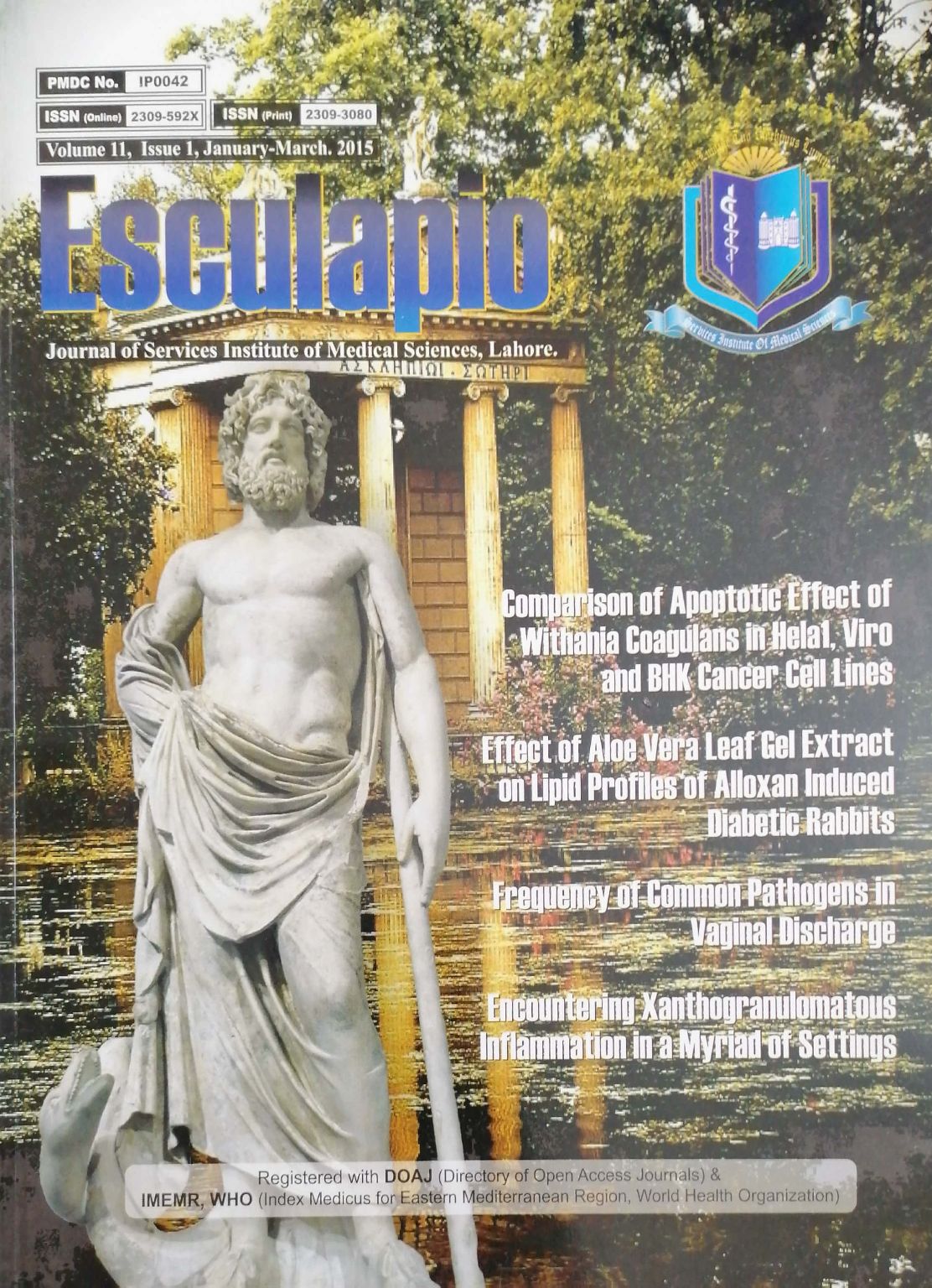Enthesophytes on Dried Bones of Lower Limb of Pakistani Population
DOI:
https://doi.org/10.51273/esc15.71118Keywords:
Enthesophytes, hip bone, femur, tibia, fibula, pakistani populationAbstract
Objective: An enthesophyte is a bony spur formed at a ligament or tendon insertion into bone. It
may develop in the direction of pull of the relevant tendon/ligament or in response to repetitive
strain. To find out the presence of enthesophytes on dried bones of lower limb in Pakistani
population
Material and Methods: Present study was conducted on dried bones of lower limb in Pakistani
population in the Anatomy Departments of Allama Iqbal Medical College, Lahore and Khawaja
Muhammad Safdar Medical College, Sialkot. For this purpose, 40 pelvic bones, 103 femora, 98
tibiae, and 112 fibulae were included. They were closely observed for the presence of
enthesophytes. The bones with enthesophytes were photographed.
Results: Enthesophytes were found on 1 out of 40 hip bones, 2 out of 103 femora, 1 out of 98
tibia and 1 out of 112 fibulae. Enthesophyte on hip bone was present on ilium at the medial border.
One of the femur shows enthesophyte inferior to lesser trochanter and other femur has
enthesophyte on medial aspect of greater trochanter.On tibia,oneenthesophyte was at the lower
end of tibial tuberosity and second was on the posterior surface below the lateral condyle.Only
one out of 112 fibulae showed enthesophyte on head of fibula.
Conclusion: Finding of enthesophytes contributes to the data of anatomical variations and to
raise awareness about formation of enthesophytes. The better understanding of the localisation
of enthesophytesis important in the musculoskeletal pain diagnosis so the presence of
enthesophyte should be kept in mind










